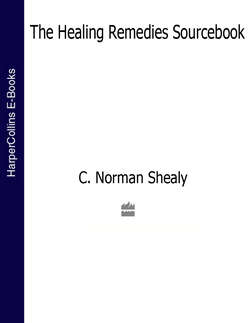Читать книгу The Healing Remedies Sourcebook: Over 1,000 Natural Remedies to Prevent and Cure Common Ailments - C. Shealy Norman - Страница 30
ОглавлениеCROCUS SATIVUS
SAFFRON Kesar, Nagakeshara
Saffron is a small, perennial crocus with purple flowers cultivated in Spain, France, Sicily, Iran, and India. The young plant does not flower for the first few years. When it matures, it produces flowers with golden stigmas which are quite expensive to harvest.
PROPERTIES
Saffron is warming, digestive, stimulant, and rejuvenating. It has anodyne, antispasmodic properties; it is frequently used as an emmenagogue and expectorant.
Part of Plant Used The stigmas or threads.
Conditions Treated Aids digestion and improves appetite. Benefits menstrual pain and irregularity, menopause, impotence, infertility, anemia, enlarged liver, umbago, rheumatism, cough, asthma, gastrointestinal complaints, colic, and chronic diarrhea.
Form Taken Whole threads as a spice, in oils, infusions, and food. The oil can be used as a massage oil, perfume, or bath.
Used with Other Herbs? Cedarwood, champa, lavender, rosewood, sandalwood.
HOW TO USE
Saffron can be used to balance all three doshas.
A saffron infusion can be helpful for irregular menstruation and menstrual pains.
Steep 6–10 stigmas in ½ cup of boiling water. Take 1 cup a day, unsweetened.
CAUTION
Do not use during pregnancy, as the herb can promote miscarriage.
Saffron can be narcotic in large doses—do not exceed the medicinal amount indicated. A dose of ½oz. (10–12g) can be fatal for humans.
